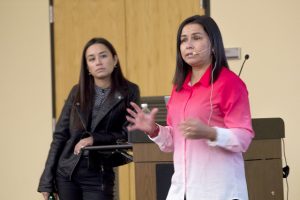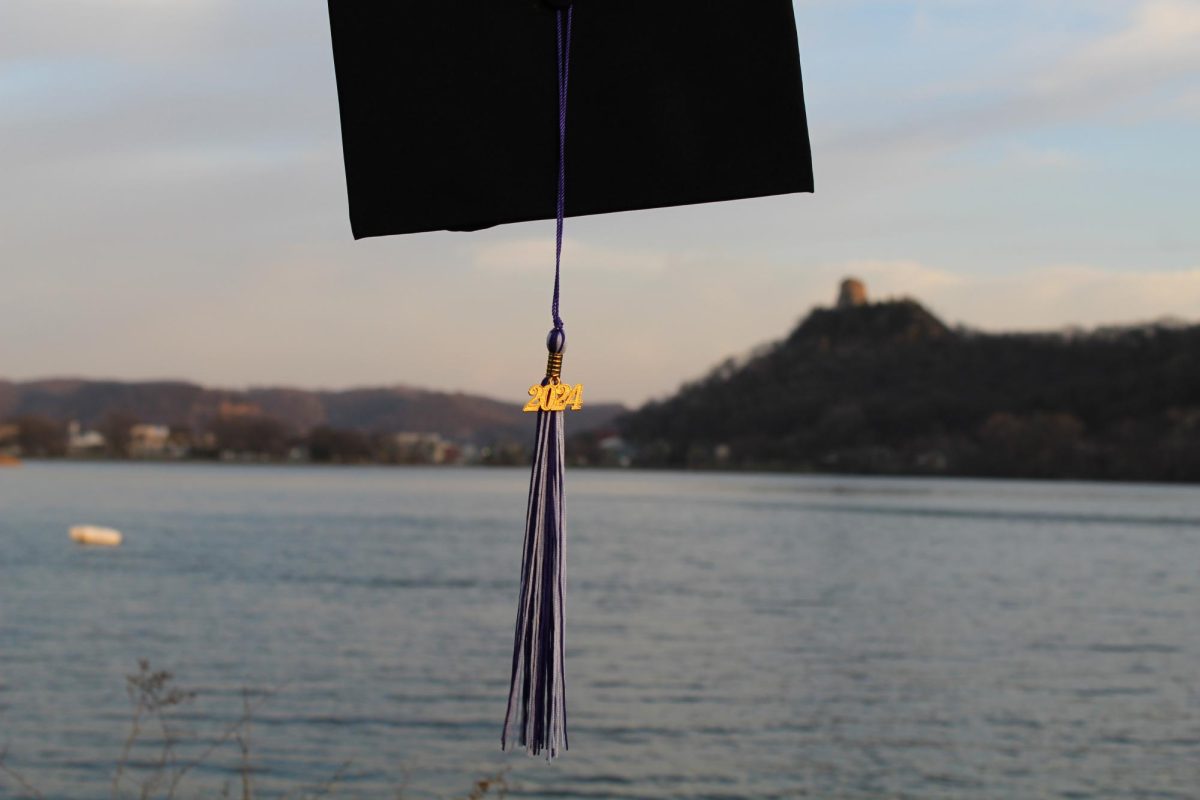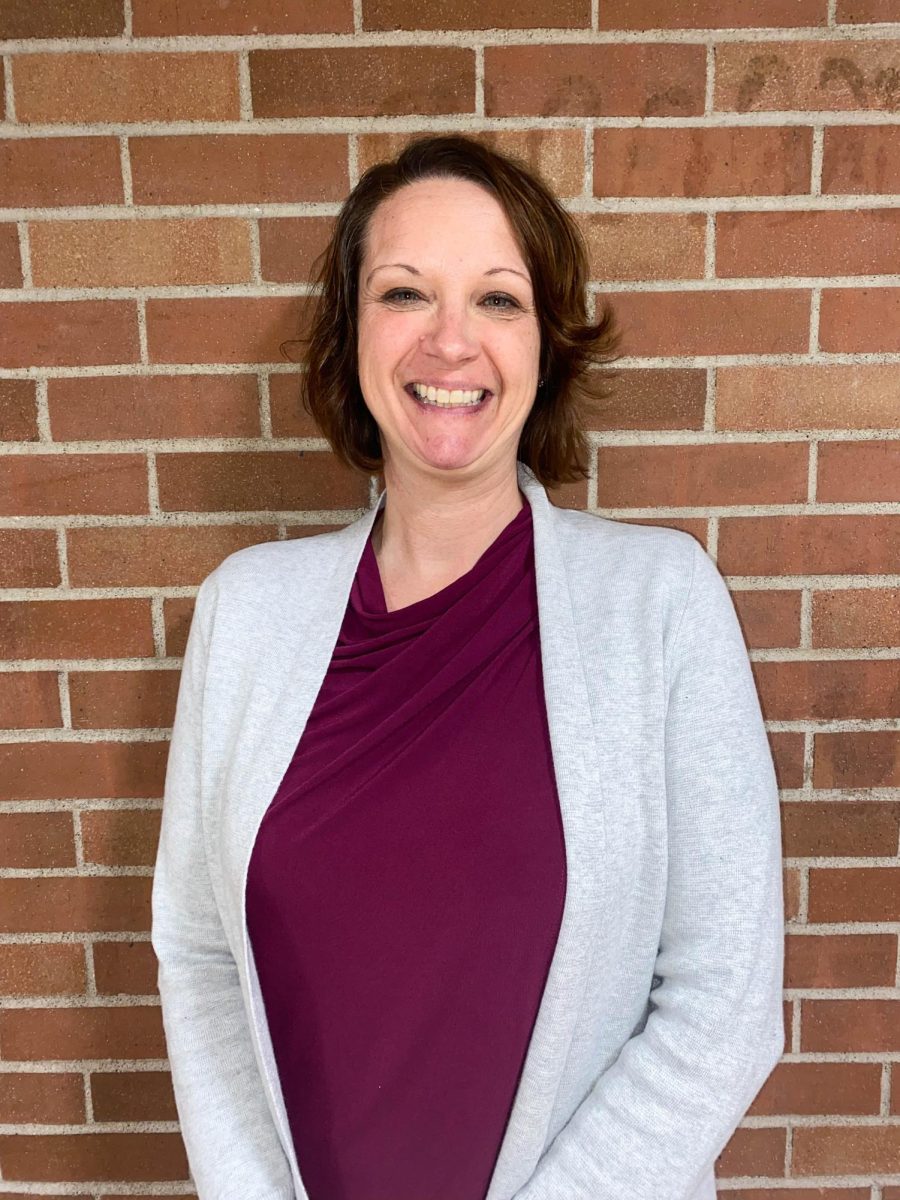
Michaela Gaffke/Winonan
Students, staff and Winona residents gathered in East Hall Monday, Oct. 26 to hear Donna Brown and her daughter Chelsey Luger discuss opinions surrounding the depiction of Native Americans as sports mascots.
Brown, the chief diversity officer and affirmative action officer at Minnesota State University, Moorhead, and Luger, a video journalist for “Now This News,” presented “Native Americans & the Mascot: We can walk and chew gum at the same time.”
Brown and Luger said not every Native American is on the same side with the mascot issue. Luger said it is not a cut and dry issue, it is extremely complex.
Brown said she has friends on both sides of the mascot issue, and they will always maintain diverse opinions, just like everyone else.
They said every Native American tribe is different, and they do not have the same traditions and cultures. Tribes can be as different from each other as one country is different from another country, Luger said.
“It is subtly racist,” she said. “People need to understand that Native people are diverse and opinionated as every one else.”
They said often times the violent, inaccurate mascot is all people see about Native Americans, leading people to think that they are all violent and savage.
“It is dehumanizing,” Luger said.
They brought up how they are often asked, “Don’t you have better things to worry about?”
The duo said it is ok for a native person to be concerned with cultural appropriation while also worrying about “more important things.”
They said they are like everyone else and are allowed to have special interests.
They brought up the topic of other mascots and logos that depict other groups of people, like the Notre Dame Fighting Irish.
“Enough people know that Irish people are not all leprechauns or violent,” Luger said.
Most people know an Irish person, and the mascot is not their only representation, unlike Native American depictions, she added.
With the presentation preceding Halloween, Brown and Luger discussed cultural appropriation in Halloween costumes.
“We know the importance of our regalia and feathers,” Brown said. “Often times people do not know about our culture and our history.”
Brown said there is no meaning behind the mascot’s costumes, while Native people wear the regalia because they have meaning and purpose.
“If you see them as humans you wouldn’t turn them into a costume,” Luger said.
Brown added to Luger’s comment, saying Native people are not the simplified and generalized version the mascots imply they are.
“Indian people are not only beads and moccasins, we are so much more,” Brown said.
They said often times the costumes are hyper-sexualized and turn Native women into sex objects.
“I often tell my friends… if you wanted to dress like an Indian for Halloween why don’t you just borrow my jeans?” Luger said.
“I am often asked what do Native people think about a certain mascot,” Luger said. “It is too much pressure to be assumed that I can speak for the entire Native people population, nobody assumes one white person can speak for their entire population.”
She told the audience if they see this happening to intervene and help the person who is put on the spot.
Brown advised the audience to learn more Native culture and not just what you learn in basic history classes, as she said.
“History in America did not start in 1492,” Brown said.





























































